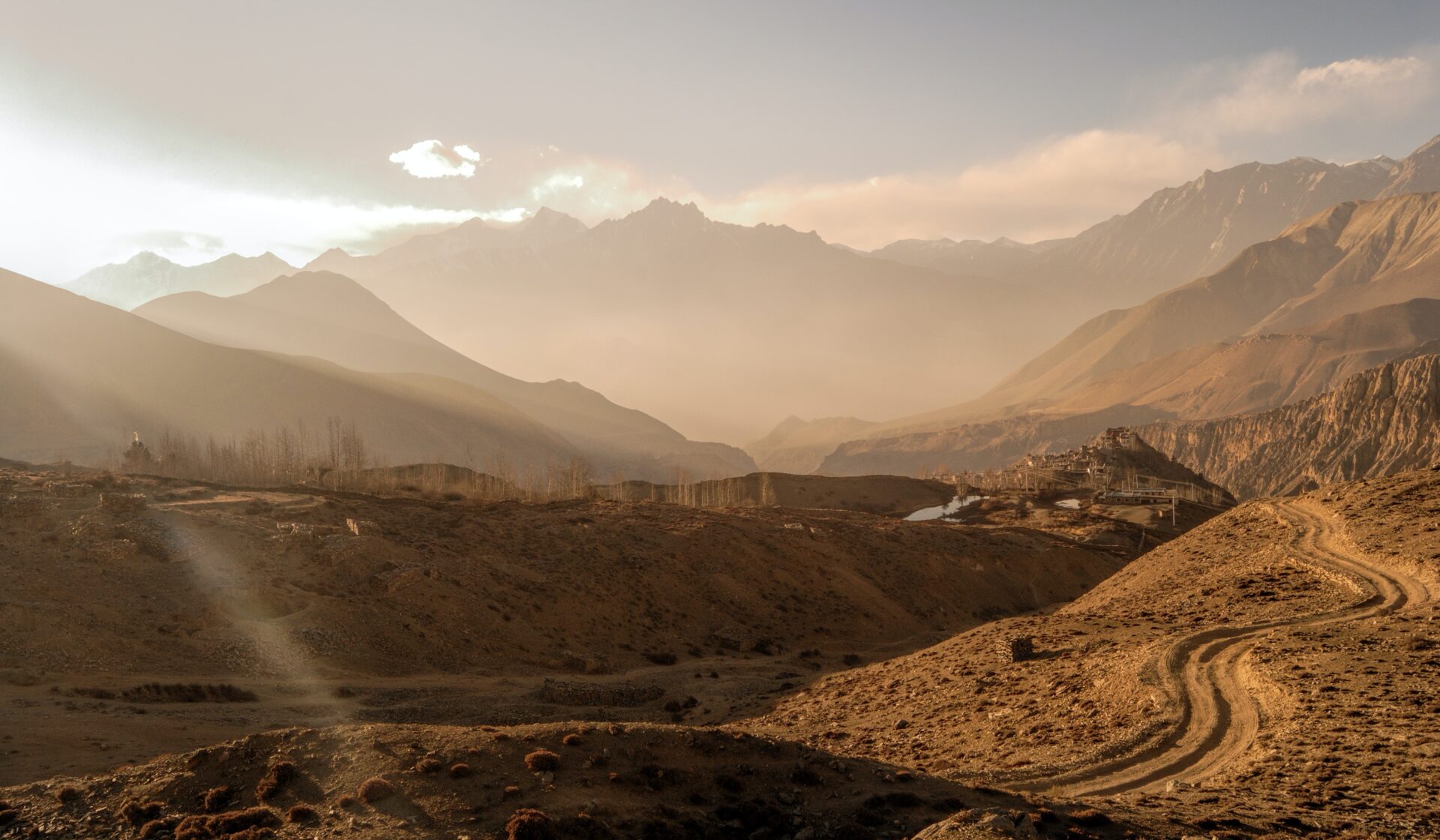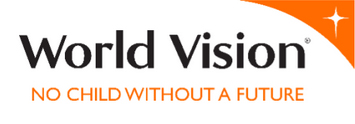FCL Fostering Sponsorship to World Vision
FCL Fostering sponsor a community of children through World Vision in the Sarlahi region of Nepal. This is a part of our commitment that when you join the FCL Family you are always helping a child in another part of the world.
“What is child sponsorship?
Solving extreme poverty starts with empowering people to help themselves. That’s why child sponsors partner with communities to fix the root causes of poverty for children, with essentials like clean water, nutritious food, healthcare, education, protection and economic opportunities.
Our 70 years of development experience has taught us that empowering children and their communities to stand on their own two feet is the best way to make real and lasting change.
As a World Vision Child Sponsor, you can make a unique double impact – on a child and their community – so both can thrive.”
Source: Child Sponsorship | World Vision International (wvi.org)
For decades we have personally sponsored children through World Vision and have loved sending and receiving messages. We wanted to share this experience with our fostering families who now collectively sponsor a community in Nepal. We want to use this as an opportunity for learning too.

Independent research has proven that sponsorship works and helps children and their communities to break free from poverty.
World Vision focus on the following principles:
- Community-led: Working alongside the community to fix the root causes of poverty!
- Child-focused: Empowering children to develop healthy minds, bodies, and spirits, so they can achieve long-term success for themselves and their community.
- Maximise impact: Combining donations with those of all sponsors helps create community focused solutions – every child helped benefits four more.

Our Sarlahi Sponsorship Programme
The Programme works with the most vulnerable people in the community:
- Farmers with limited knowledge on improved farming practices.
- Farmers without having knowledge on livestock rearing practices
- Migrant Returnees
- Unemployed youth
- Dalit Households (Dalits are considered to be “lower caste” and as such tend to be much poorer and subject to severe discrimination)
- People with disabilities
- Families without a sustained source of income – i.e. those who are surviving on a daily wage
- Households who are “food insecure”, and therefore lack access to sufficient food throughout the year
- Families who have no land, or who have limited land (less than 5 Kattha, which is equivalent to 0.42 acres).
About Sarlahi
Sarlahi is located in the Parsa rural municipality, located in the Province 2 of Nepal. This is situated on the eastern southern side of Nepal bordering India. The municipality has a population of 21,650.
The populations religions are broken down into the following;
- 85% Hindu
- 8% Muslim
- 5.71% Buddhist
- 0.22% Christian
The literacy rate is 36.66 which is less than national average.
The annual per capita income is only $809 according to the Nepalese Government’s Central Bureau of Statistics (CBS).
There are gender-based violence issues including child marriage which is widespread and associated along with the dowry system and poverty. Additionally, child labour is a major issue. There are many oppressed groups such as Mushar, Chamar, Dom, and Muslims. Unfortunately, the suicide rate amongst women in Nepal is seventh highest in the world. Literacy is also a huge problem, in Province 2 where Sarlahi is located 9 out of 10 women are illiterate from the Dalit community.
Please note that World Vision does not endorse, control or approve the website linked to ours, or the content of the linked website.
